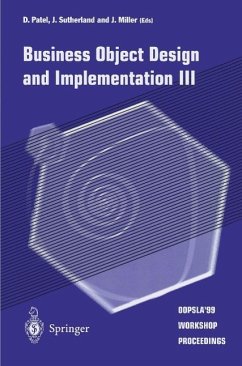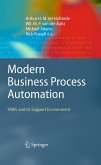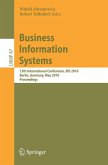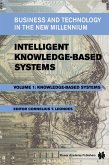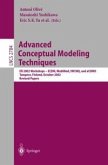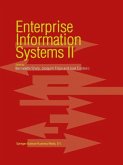The NCITS Accredited Standards Committee H7 Object Information Management, now part of NCITS T3 Open Distributed Processing, and the Object Management Group BUsiness Object Domain Task Force (BODTF) jointly sponsored the Fifth Annual OOPSLA Workshop on Business Object Component Design and Implementation. The focus of the workshop was on design and implementation of business object component frameworks and architectures. Key aspects discussed included: . What is a comprehensive definition of a business object component'? . Are the four layers (user, workspace, enterprise, resource) presented at the OOPSLA'98 workshop the right way to layer a..bysiness object component. system? . How is a business object component implemented across these layers? What are the associated artefacts? Are there different object models representing the same business object component in different layers? . What are the dependencies between business object components? How can they be plug and play given these dependencies? How can they be flexible and adaptive? How do they participate in workflow systems? . How will the em~rgence of a web-based distributed object-computing infrastructure based on XML, influence business object component architectures? In particular, is the W3C WebBroker proposal appropriate for distributed business object component computing? The aim of the workshop was to: . Enhance the pattern literature on the specification, design, and implementation of interoperable, plug and play, distributed business object components.
Dieser Download kann aus rechtlichen Gründen nur mit Rechnungsadresse in A, B, BG, CY, CZ, D, DK, EW, E, FIN, F, GR, HR, H, IRL, I, LT, L, LR, M, NL, PL, P, R, S, SLO, SK ausgeliefert werden.

